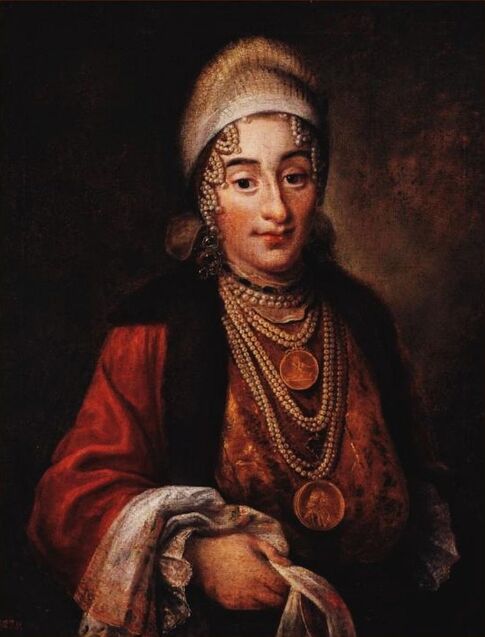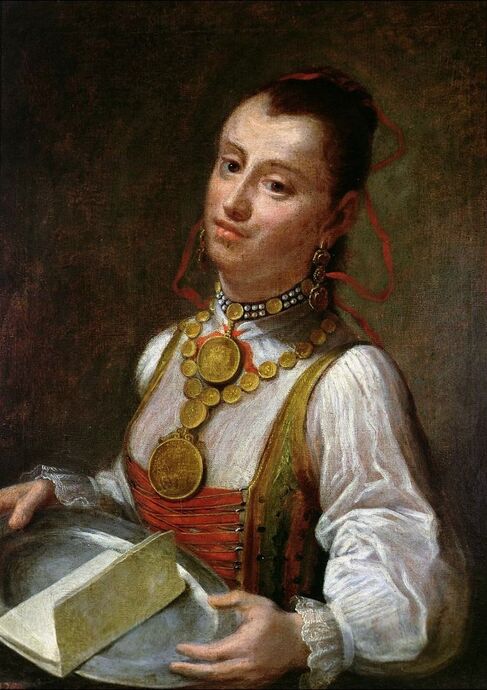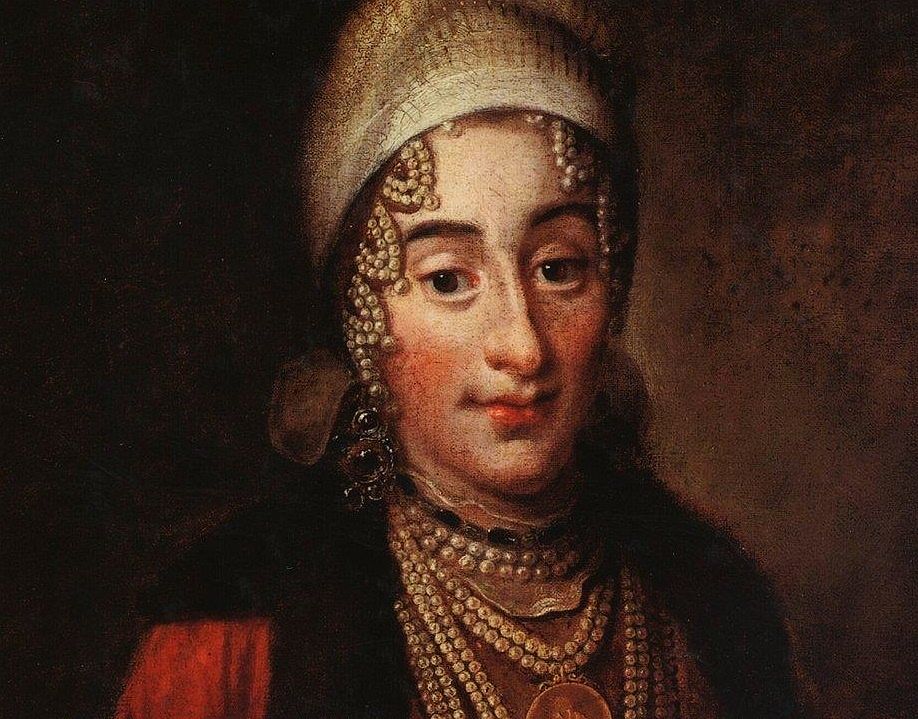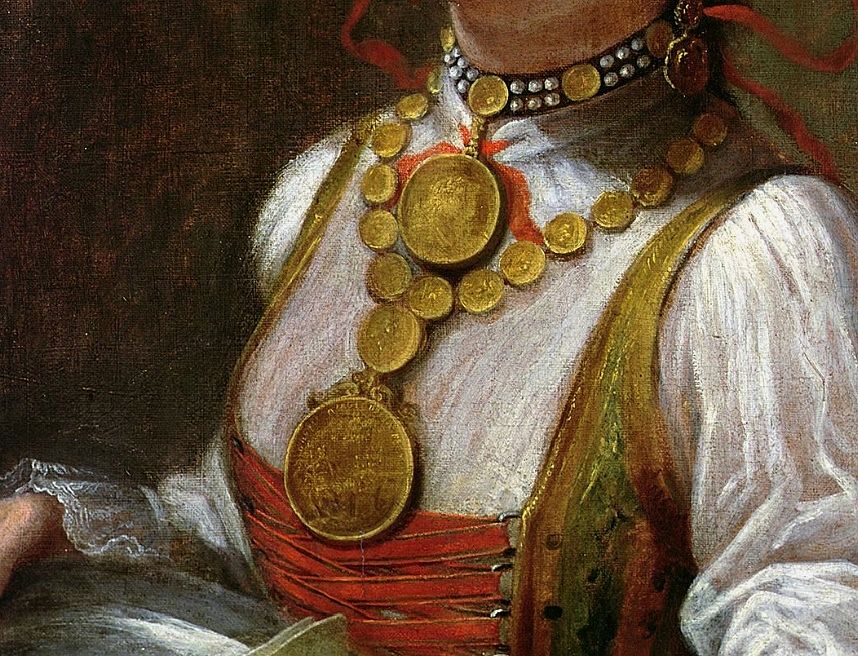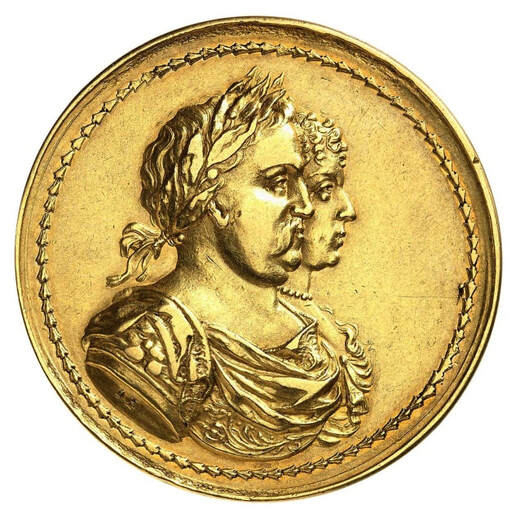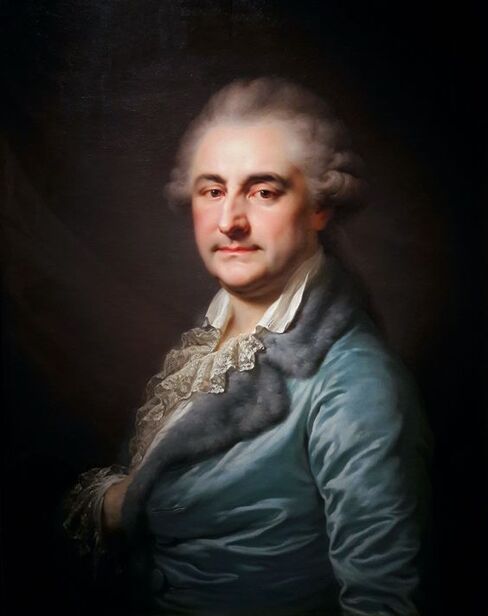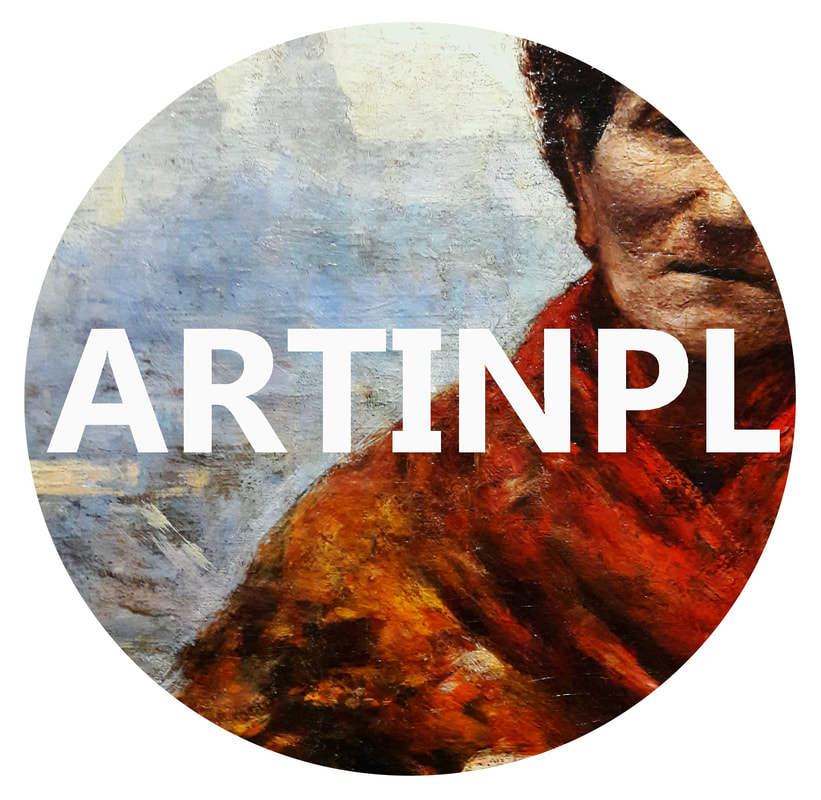|
On November 11th, 1781 king Stanislaus Augustus Poniatowski (1732-1798), the last elected monarch of the Polish-Lithuanian Commonwealth, entered triumphally the city of Kamianets-Podilskyi, at that time part of the Polish south-eastern borderlands protection system, accompanied by prince Adam Czartoryski and voivode Józef Stępkowski. The king was greeted by general Jan de Witte, commander of the fortress.
Stanislaus Augustus arrived to Volhynia and Podolia to meet crown prince Paul of Russia (1754-1801) and his wife Natalia Alexeievna (1755-1776) who were traveling incognito as the comte et comtesse du Nord (the Count and Countess of the North) through western Europe and took this opportunity to inspect the most important fortresses. During his five-day sojourn in Kamianets the king visited the churches and the old fortress, as well as nearby Zhvanets and Khotyn. One of the most important souvenir of this travel are two portraits from the collection of the National Museum in Warsaw of two Jewish women from Zhvanets. According to inscription in Polish on both of them they were commissioned by the king on November 14th, 1781 and painted by Krzysztof Radziwiłłowski - Roku 1781 dnia 14 listopada z rozkazu Najjaśniejszego pana Króla J Mości, zwiedzajacego brzegi Dniestru w Żwańcu, przedstawiona Chajka Córka kupca Abramka Lwowskim zwanego, tym portretem odmalowana przez urodzonego Krzysztofa Radziwiłłowskiego. The inscription gives the name of one of the women - Chajka (Polish spelling Hayka), the daughter of the merchant Abramek Lwowski (of Lviv). Both portraits were included in the royal collection in Warsaw as Portrait of Jewish woman Czayka (Portrait de la juive Czayka) and Portrait of Jewish woman Elia (Portrait de la juive Elia). Splendid half-length portraits of two women, one married having her hair covered and one unmarried, most probably mother and daughter, rank among the oldest preserved effigies of Jewish people from the territory of the former Polish-Lithuanian Commonwealth. King’s romantic affection towards one or both women is sometimes cited as reason for creation of portraits, however there is no clear evidence of this. Although Stanislaus Augustus was famous for his short-lived romances and his chamberlain’s palace in Warsaw, the notorious Rabbit-House (Królikarnia), was described as “high-class brothel” where the king was entertained by the most beautiful women, it is also possible that he was impressed by both women or their attire, thus wanted to preserve this impression. The women wore their best clothes and jewels for so historic an occasion as king’s visit in their town. The amount of rare gold medals, pearls and other jewels, quite out of fashion at that time, worn by them was unusual for visitors from cosmopolitan capital of the Commonwealth at the end of Enlightenment. The younger woman wears a necklace made entirely of large gold medals and coins, one of which is most probably gold coronation medal of John III Sobieski and Marie Casimire from 1676 and gold earrings, while the older wears four pearl necklaces with two large gold medals, diamond earrings, diamond necklace and a bonnet adorned with pearls. Both portraits constitute an unprecedented document of great prosperity of the Jewish community in the Commonwealth shortly before it was finally dismantled by the Second and Third Partition (1793-1795).
Portrait of Chajka, Jewish woman from Zhvanets by Krzysztof Radziwiłłowski, 1781, National Museum in Warsaw.
Portrait of Elia, Jewish woman from Zhvanets by Krzysztof Radziwiłłowski, 1781, National Museum in Warsaw.
Detail of portrait of Chajka, Jewish woman from Zhvanets by Krzysztof Radziwiłłowski, 1781, National Museum in Warsaw.
Detail of portrait of Elia, Jewish woman from Zhvanets by Krzysztof Radziwiłłowski, 1781, National Museum in Warsaw. Depicted with, most likely, gold coronation medal of John III Sobieski and Marie Casimire on her necklace. Identification by Marcin Latka.
Gold coronation medal of 15 ducats worth of John III Sobieski and Marie Casimire by Johann Höhn, 1676, Private collection.
Portrait of Stanislaus Augustus Poniatowski in dressing gown by Giovanni Battista Lampi, 1788-1789, National Museum in Warsaw.
Comments are closed.
|
Artinpl is individual, educational project to share knowledge about works of art nowadays and in the past in Poland.
© Marcin Latka Categories
All
Archives
April 2023
|
